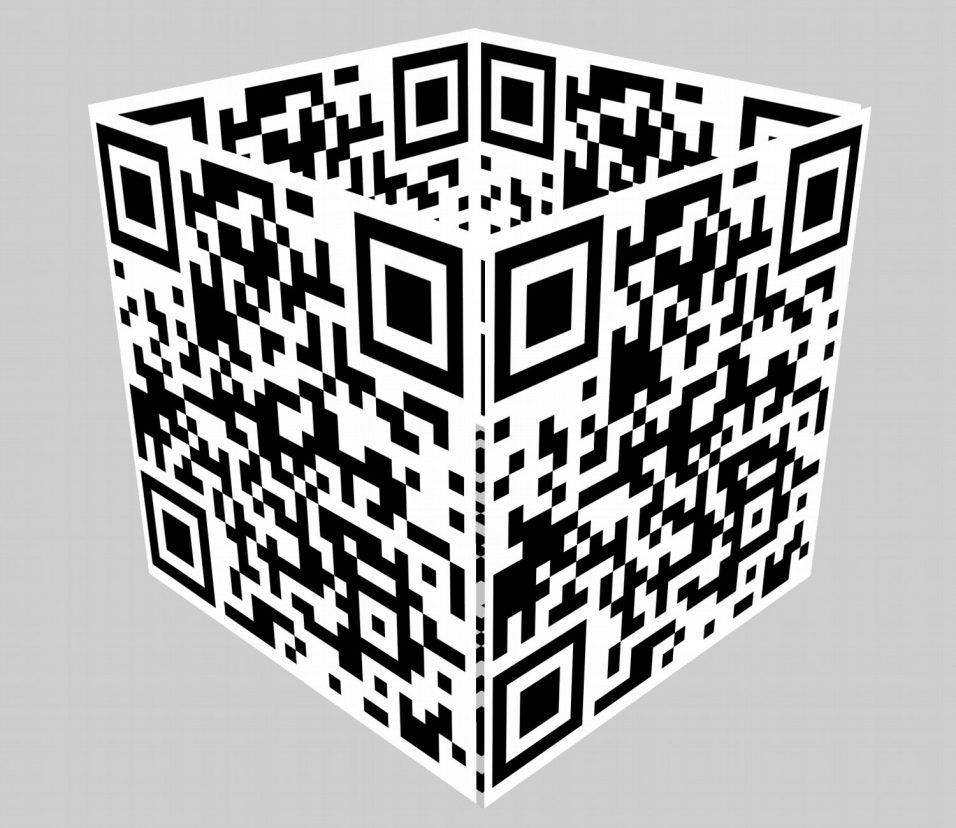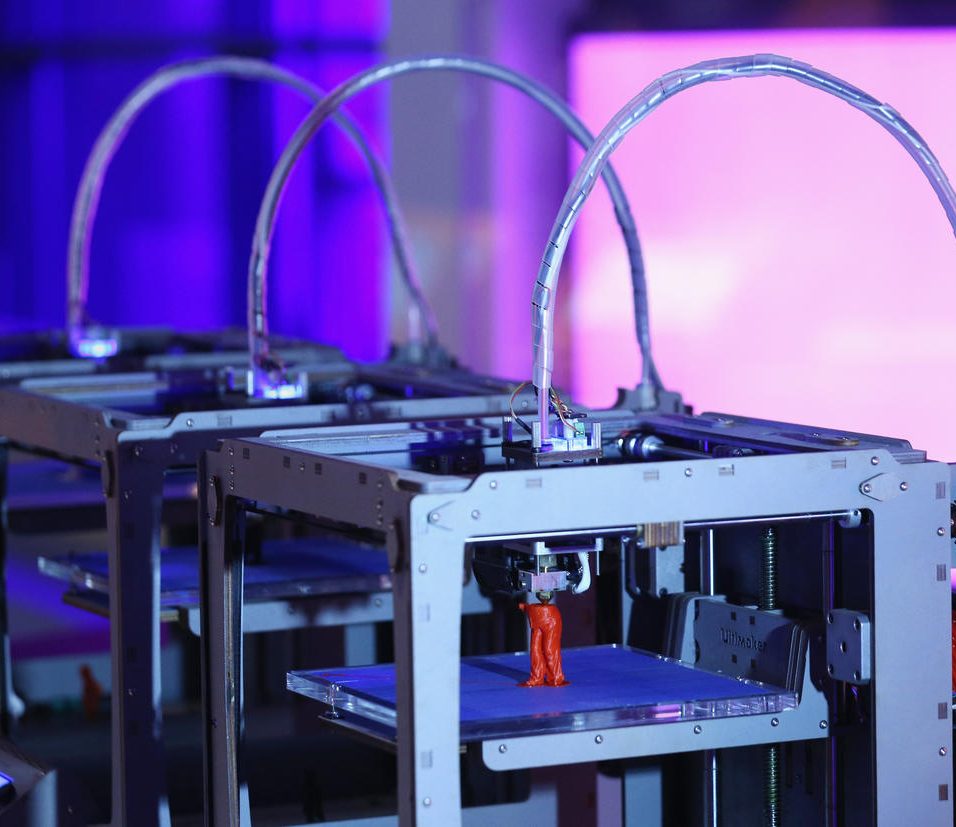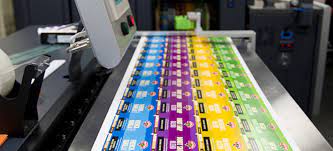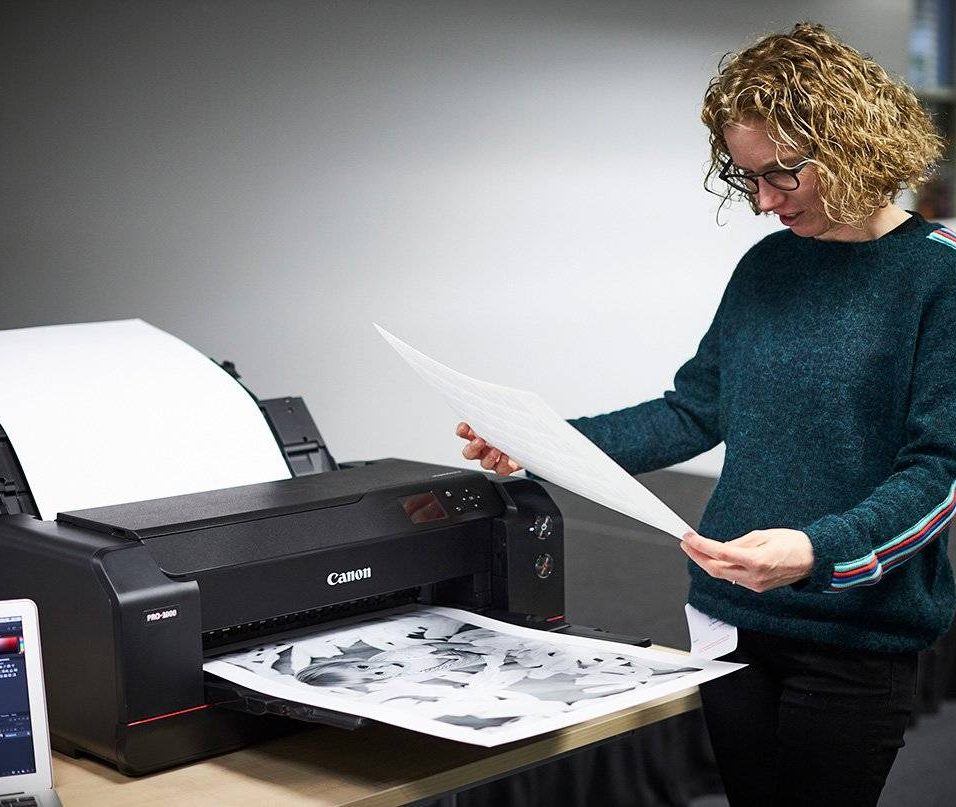5 Printing Equipment Maintenance: Tips And Tricks For Longevity
Printing equipment is an essential tool for many businesses and individuals, allowing for the production of high-quality documents and materials. However, like any machinery, printing equipment requires regular maintenance to ensure its longevity and optimal performance. Neglecting maintenance can result in costly repairs and downtime. But don’t worry, I’ve got you covered with some valuable tips and tricks for maintaining your printing equipment and extending its lifespan.
In this article, we will explore five essential maintenance tips that will help you keep your printing equipment in top shape. From cleaning and lubricating key components to monitoring ink levels and replacing worn-out parts, these tips will ensure that your printing equipment continues to deliver consistent and high-quality results. By implementing these maintenance practices, you can save time, money, and the frustration of dealing with unexpected breakdowns.
1. Regular Maintenance Schedule
Establishing a regular maintenance schedule for your printing equipment is crucial for ensuring its longevity and consistent performance. By implementing a proactive approach to equipment maintenance, you can minimize the risk of major breakdowns, reduce operating costs, and improve the overall productivity of your printing operations.
To maintain optimal print quality and performance, it is recommended to clean, inspect, and service your printing equipment at regular intervals. Cleaning should be performed on a regular basis, as loose debris can cause paper jams and affect the printing surface. Wiping machine surfaces, clearing any debris from the paper tray, and cleaning ink cartridges are some essential cleaning tasks.
Regular inspection is also necessary to identify any potential issues or wear and tear. This includes inspecting tools, checking for loose or damaged parts, and ensuring proper ink levels. Additionally, it is important to calibrate machines regularly to maintain accurate print settings and volumes.
Establishing a maintenance schedule that suits your specific printing needs is essential. For high-volume printing operations, more frequent maintenance intervals may be required. However, even for smaller print volumes, regular maintenance should not be neglected as it can prevent costly repairs and extend the lifespan of your equipment.
By following a regular maintenance schedule, you can ensure smooth printing operations, prolong the life of your printing equipment, and maximize your return on investment. Don’t underestimate the importance of proper care and maintenance – it can make a significant difference in the longevity and performance of your printing equipment.

2. Use High-Quality Supplies
Using high-quality supplies is crucial for maintaining printing equipment and ensuring optimal print quality. Cheap and low-quality supplies may initially reduce upfront costs, but they can lead to significant damage to the equipment and compromise the overall print quality.
When it comes to ink cartridges, using compatible or genuine cartridges that are specifically designed for your printer model is essential. These cartridges are formulated to deliver consistent and vibrant colors, preventing clogs and smudging. Low-quality cartridges can result in poor print quality, streaks, and even damage the printhead.
In addition to ink cartridges, using the appropriate cleaning solutions and maintenance fluids is also important. High-quality cleaning solutions help remove dirt, debris, and ink residue from the printer’s components, keeping them in optimal condition and preventing clogs. Maintenance fluids, such as lubricants, ensure smooth operation of moving parts, reducing friction and preventing wear and tear.
It is also important to consider the right materials you plan to print on when selecting a printer. Different printers are designed for specific purposes, such as printing on various paper types, labels, or specialty materials like photo papers or fabrics. Using a printer that is compatible with your desired printing materials ensures optimal print quality and prevents damage to both the equipment and the materials.
By using high-quality supplies, such as ink cartridges, cleaning solutions, and maintenance fluids, you can maintain the longevity of your printing equipment, prevent damage, and ensure crisp and vibrant print quality. Don’t compromise on the quality of supplies as they play a significant role in the overall performance of your printing operations.
3. Regular Cleaning
Regular cleaning is crucial for maintaining the optimal performance and longevity of printing equipment. Over time, printers can accumulate dirt, dust, and ink residue, which can affect print quality and even damage the internal components. By implementing a regular cleaning routine, you can ensure that your printer continues to deliver high-quality prints and operates smoothly.
To effectively clean your printing equipment, it is important to use the recommended cleaning solutions for different types of inks. For inkjet printers, using a cleaning solution specifically formulated for inkjet printer inks is essential. This solution helps remove clogs and residue from the printhead, ensuring consistent and vibrant colors.
For laser printers, a specialized cleaning solution designed for toner-based inks should be used. This solution helps remove toner particles and prevents them from settling on various components of the printer.
Establishing a regular maintenance schedule is key to maintaining a clean and well-functioning printer. Clean the paper tray and remove any loose debris on a regular basis. Wipe down the printer’s exterior with a soft cloth and use a cleaning solution to remove ink spills or smudges. Additionally, consider investing in a maintenance kit that includes cleaning tools specifically designed for your printer model.
4. Proper Storage And Environment
Proper storage and environmental conditions play a crucial role in maintaining the longevity of your printing equipment. By following a few simple guidelines, you can protect your investment and ensure that your equipment remains in optimal working condition.
When it comes to storage, it is important to choose a location that is clean, dry, and free from extreme temperature fluctuations. Ideally, the temperature should be between 50 to 77°F (10 to 25°C) and the humidity levels should be around 40 to 60%. This helps prevent the development of moisture-related issues such as mold or rust.
5. Update Firmware And Software
Regularly updating the firmware and software of your printing equipment is essential to ensure optimal performance and longevity. Manufacturers often release updates that include the latest features, bug fixes, and security enhancements. By keeping your firmware and software up to date, you can take full advantage of the advancements made by the manufacturer.
To check for firmware and software updates, navigate to the manufacturer’s website or the printer’s control panel. Look for the “Support” or “Downloads” section to find any available updates for your specific printer model. Download the updates onto your computer or directly onto the printer if it has built-in update capabilities.
When installing firmware updates, follow the manufacturer’s instructions carefully. Usually, you will need to connect your printer to your computer via a USB cable and use specialized software provided by the manufacturer to initiate the update process.
For software updates, check for any available updates within the settings or preferences of the software installed on your computer. Some printers have dedicated software applications that allow you to manage and update the printer’s software directly.
Regularly updating your printer’s firmware and software ensures that it operates at its best, providing you with the latest features and improvements. Besides, staying updated helps protect against security vulnerabilities that may arise. By taking the time to install updates correctly, you can maximize the longevity and performance of your printing equipment.

Conclusion
In conclusion, regular maintenance of printing equipment is essential for ensuring its longevity and smooth operations. By following a maintenance schedule and implementing proper cleaning techniques, you can extend the lifespan of your printer and avoid costly repairs.
By performing regular maintenance tasks and staying up to date with firmware and software updates, you can maximize the lifespan of your printing equipment and enjoy smooth printing operations. Remember, investing time in proper maintenance now will save you money on costly repairs in the long run.








Leave feedback about this